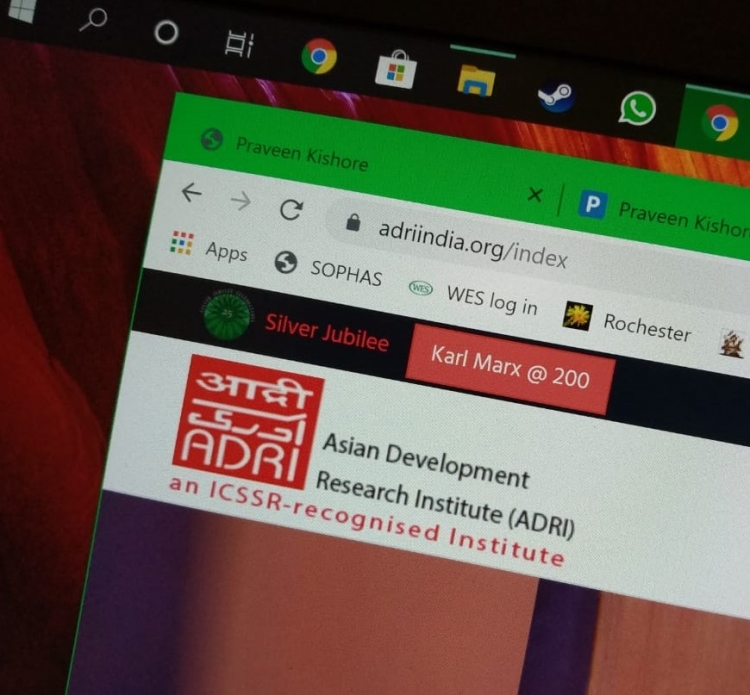
From Generalist and Specialist to Specialized Generalist
15 Aug 2019 0 comment(s) Longer Research
A research work on reforming the branching structure of India's senior civil services has been published by Asian Development Research Institute as working paper 1/2019. The link to the essay on the website of ADRI is given below. A downloadable pdf file of the research work is also enclosed below.
https://www.adriindia.org/centre/working_paper_details/from-generalist-and-specialist-to-specialized
The Preface and Acknowledgement is reproduced below:
Preface and Acknowledgement
One of the neglected areas of reforms of India’s organized senior civil services relates to rationalization of its branching structure, the underlying debate of generalist vs. specialist services and their respective roles and responsibilities. The present structure, being a confusing hodgepodge of specialist and generalist branches, at different layers of federal and state governments, in different ministries, departments and institutions, as well as in functional domains, has largely given rise to inter-branch rivalries, dissatisfaction, demoralization and dysfunctional organizational structure and design. This has adversely affected the overall efficiency and effectiveness of the senior management cadre, policy formulation as well as governance and administration of the country.
This research study is focused on deeply and minutely analysing this important problem and related reform agenda. The objective of this study has been not only to conduct a theoretical and analytical study, but also to examine and analyse the empirical world of individual service branches, their structure, their domain and justification or otherwise of their existence, as well as the issue of their redesign and reconstitution within the overall theoretical framework. In this sense, the present study is an attempt towards conducting an empirical and theoretical research with actionable recommendations for strategic structural reforms of senior Indian bureaucracy.
The study, thus, contains concrete recommendations, laying out a new branching structure within the framework of ‘broad domain’ based service branches – which will be manned by ‘specialized generalist’ civil servants – and thus identifies broad domains and corresponding service branches. Such a reform will also lead to fair, equitable and interest-skill mapped services where all branches will have near ideal structure and will offer promising career as well as satisfying and challenging assignments to officers.
In true sense, I have been working on this topic for many years. My long years of experience working with federal as well as state governments, with officers from different services and in different organizations have given me many deeper insights. This coupled with my international exposure, research interest and discussion with various officers has motivated me to think about and analyse issues related to service branching structure of Indian civil services. A smaller essay based on my initial research on this issue was published in Economic and Political Weekly in 2018 with the title “Grappling with Foxes and Hedgehogs of India’s Senior Civil Services”. Subsequently, I got the opportunity to further work upon and expand this study during my visiting fellowship at Indian Institute of Management, Bangalore, and for this I am thankful to Centre for Public Policy at IIM, Bangalore. I am also thankful to Dr. Shaibal Gupta, Member Secretary, ADRI for all his support, encouragement and guidance in this and many other endeavours of mine.
I am hopeful that this study will help in highlighting the importance of the question being raised here and will also stimulate a healthy and open discussion about the urgency and possible road to reforms needed in our organized civil services structure.
Praveen Kishore
Patna
June, 2019





Comments
0 comment(s)